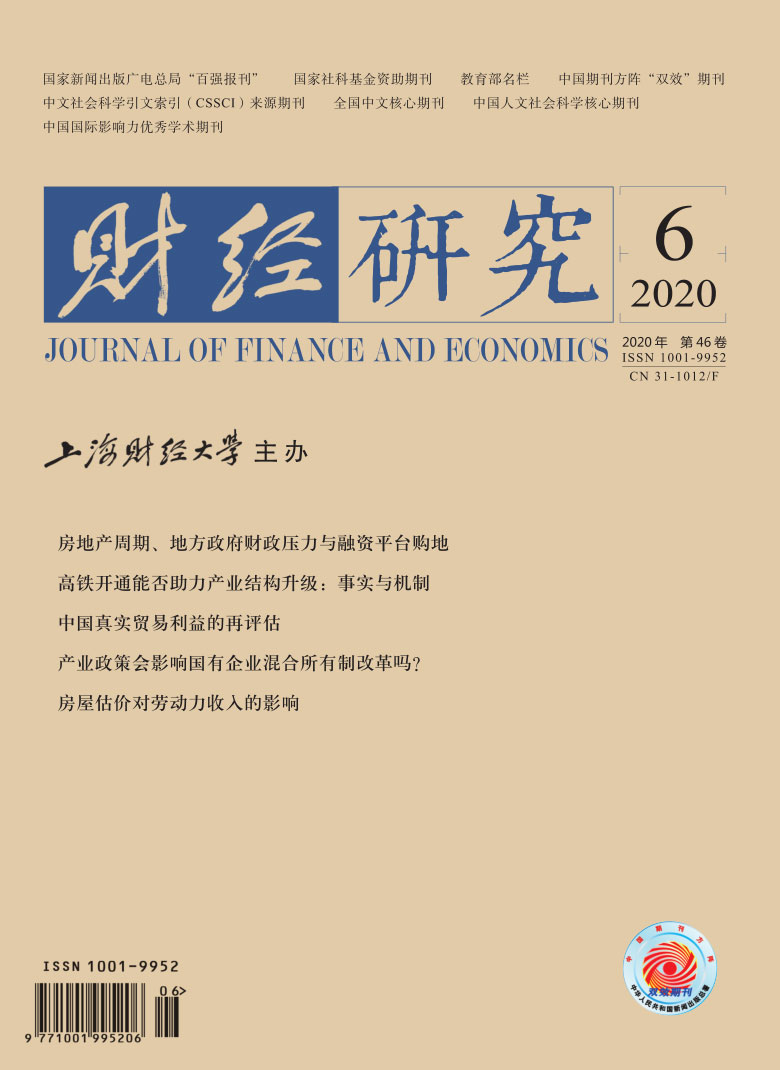The GEM (Growth Enterprise Market) has been positioned to serve innovative and growing SMEs (Small and Medium Enterprises) since its establishment in 2009. Although the profitability and cash flow of these enterprises may be lower than that of mature companies in the main board market, they have huge potential for growth. However, traditional valuation models, such as the Dividend Discount Model and the Residual Income Model, do not consider growth as a factor; thus the valuation of GEM companies will be seriously distorted if we use such traditional valuation models. The Real Option Model (Zhang, 2000) endows growth with the same important pricing function as earnings and book value. Since investors highlight the growth of rapidly expanding companies, managers have incentives to manipulate growth during the IPO (Initial Public Offering) (Fedyk, et al., 2017). However, previous research ignores post-IPO growth and related economic consequences of growth management during the IPO. We examine whether there is manipulation of growth of China’s GEM companies during the IPO; if so, the growth of listed companies will decline after the IPO year since the use of discretion over accounting items (in particular using discretionary accruals) in the IPO year is usually followed by accruals and performance reversals in post-issue years. We also ask whether declining growth can be countered through the external expansion strategy of M&A.
This paper selects companies that went public during 2009 and 2017 in the GEM as the main research sample, and models discretionary sales as the abnormal change in accounts receivable adjusted by PSM (Propensity Score Matching) to measure growth management. The results show that: (1)GEM companies exhibit positive and significant growth management in the pre-IPO year, which is not found for non-GEM companies; (2)Growth management of GEM companies is positively associated with the numbers and the amount of M&A over one year after the IPO (Year+1); (3)The closer we are to the date of expiration of the lockup period, the more significant the positive correlation between the IPO growth management and M&A of GEM companies; (4)M&A helps to support firms’ growth listed on the GEM with pre-IPO growth management. We also find that the higher the proportion of shares sold off by managers and large shareholders after the expiration of lockup, the more significant the positive association between the IPO growth management and future M&A.
Our paper makes three primary contributions: First, it contributes to the literature on IPO growth management and real economic activities caused by the abnormal level of discretionary growth. We show that growth is a fundamental variable in corporate valuation of GEM companies at the time of IPO, which provides empirical evidence for the Real Option Model; the finding shows that the IPO growth management of GEM companies is independent from earnings management, which enriches the limited literature that examines the use of multiple accounting choices to achieve a specific objective. Prior research mainly investigates the motivation of growth management of high-tech companies, and there is no literature directly examining how growth management affects firms’ real economic actions; this paper finds that IPO growth management of GEM companies can affect M&A during the post-IPO year, thereby extending the related literature. Second, it supplements the literature of M&A. Previous studies on M&A mainly start from the perspective of institutional environment and executives’ self-interest. In contrast to these, this paper focuses on the growth management based on accounting manipulation of IPO companies, and explores the linkage mechanism between accrual-based discretionary sales (growth management) and transaction-based real activities manipulation (M&A), so as to enrich and supplement the literature of M&A. Third, it increases investors’ and regulators’ understanding of growth management and its economic consequences. It helps to give insight into the relationship between IPO growth management and subsequent growth exhaustion, and various market anomalies in the GEM. Thus, this paper has both academic implications and practical significance for efficient resource allocation.






 6273
6273  9315
9315

